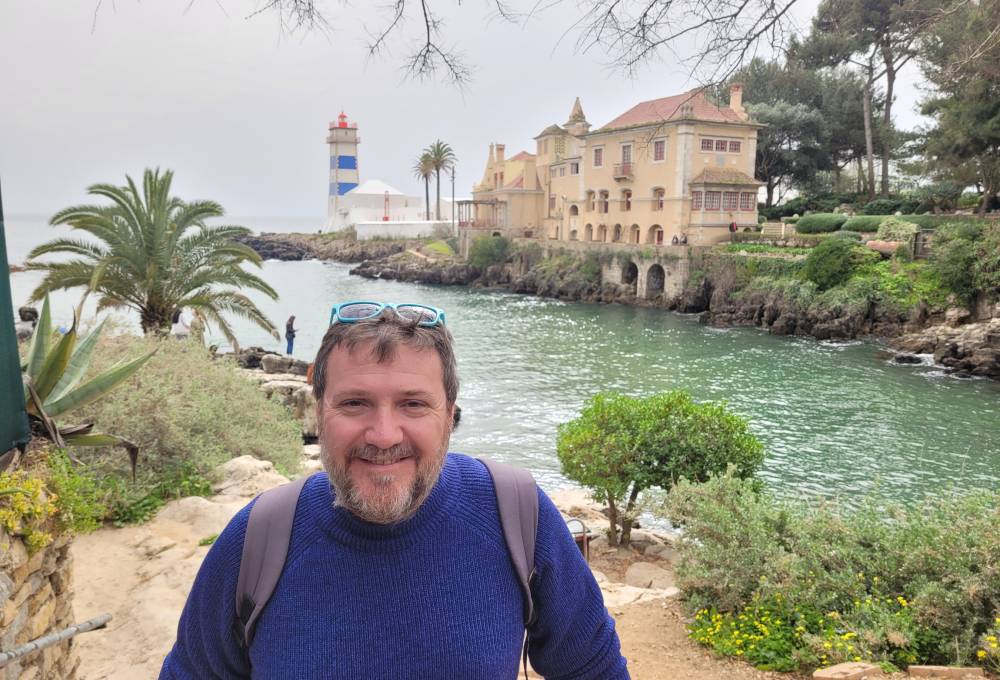Mr Peter Edwards

Contact
- Email: k0102953@kingston.ac.uk
- Location: Penrhyn Road
- Faculty: Faculty of Engineering, Computing and the Environment
- School: School of Computer Science and Mathematics
- Department: Department of Computer Science
Research project: A Deep Learning Methodology for the Automatic Detection of Deepfake Media
Abstract
Society has reached a tipping point. The loss of trust in media outlets, the spread of misinformation campaigns by governments and criminals, and the rise of misrepresented content on social media have fuelled a sense of unease and confusion. How can society judge if something is real or fake? The rise in deepfake technology has elevated the seriousness of media manipulation to an unprecedented level, with the potential for dire consequences.
To address this issue, this research aims to develop a Deep Learning (DL) methodology for the automatic detection of deepfake media. At present, many of the state-of-the-art techniques proposed in academia achieve high accuracy when tested with media in controlled environments; however, this success does not translate to media captured in the wild, therefore failing to achieve their intended purpose. The primary goal is to enhance the existing techniques by finding a more generalised solution that can be more effective at detecting deepfake media in real-world scenarios.
- Research degree: PhD
- Title of project: A Deep Learning Methodology for the Automatic Detection of Deepfake Media
- Research supervisors:
Biography
I am currently a part-time PhD student in the School of Computer Science and Mathematics. My research is focused on the development of a deep learning methodology for the detection of deepfake media (image and video).
Prior to this, I studied (distant learning) at Edinburgh Napier University for my MSc in Advanced Security and Digital Forensics and graduated in 2017. My master's thesis explored the use of the Master File Table (MFT) from Microsoft Windows, combined with Machine Learning (ML) to triage digital forensic casework.
Areas of research interest
- Computer Vision
- Machine Learning
- Facial Recognition
- Computer Science
- Data Science
Qualifications
- MSc (Distinction) Advanced Security and Digital Forensics, Edinburgh Napier University, UK
- BSc (Second Hons) Computer Science, Brunel University, UK